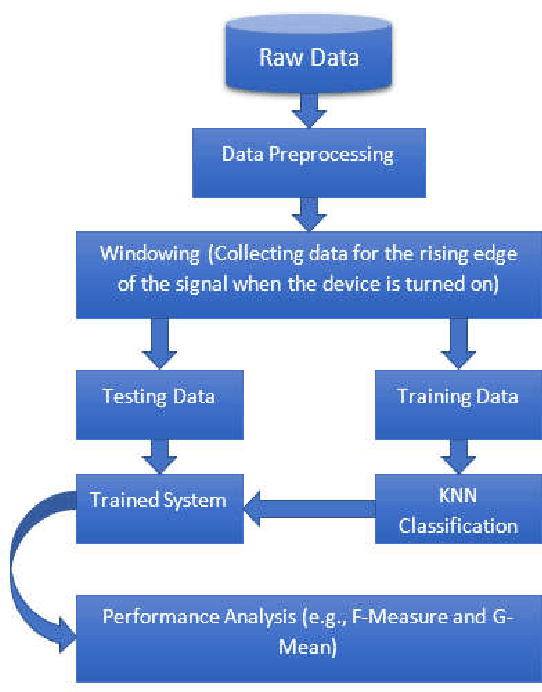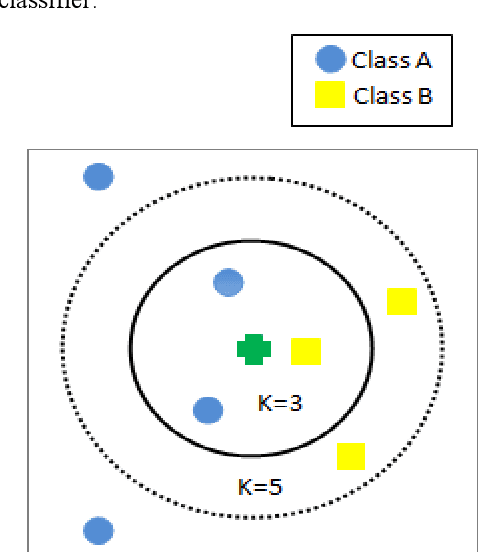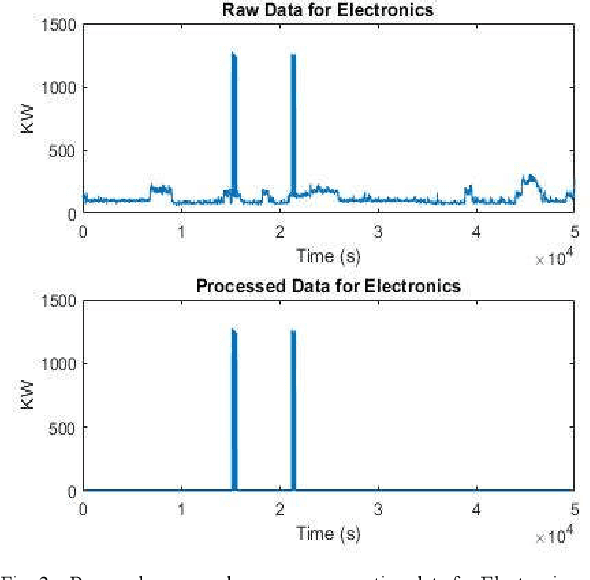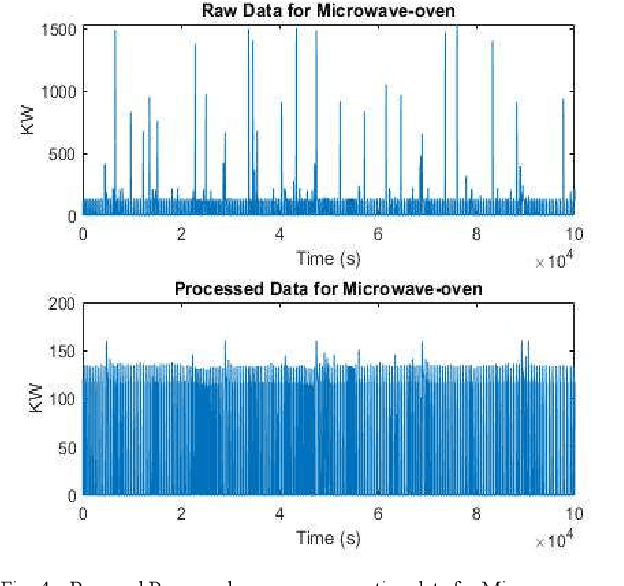Non-Intrusive Electrical Appliances Monitoring and Classification using K-Nearest Neighbors
Paper and Code
Nov 22, 2019



Non-Intrusive Load Monitoring (NILM) is the method of detecting an individual device's energy signal from an aggregated energy consumption signature [1]. As existing energy meters provide very little to no information regarding the energy consumption of individual appliances apart from the aggregated power rating, the spotting of individual appliances' energy usages by NILM will not only provide consumers the feedback of appliance-specific energy usage but also lead to the changes of their consumption behavior which facilitate energy conservation. B Neenan et al. [2] have demonstrated that direct individual appliance-specific energy usage signals lead to consumers' behavioral changes which improves energy efficiency by as much as 15%. Upon disaggregation of an energy signal, the signal needs to be classified according to the appropriate appliance. Hence, the goal of this paper is to disaggregate total energy consumption data to individual appliance signature and then classify appliance-specific energy loads using a prominent supervised classification method known as K-Nearest Neighbors (KNN). To perform this operation we have used a publicly accessible dataset of power signals from several houses known as the REDD dataset. Before applying KNN, data is preprocessed for each device. Then KNN is applied to check whether their energy consumption signature is separable or not. KNN is applied with K=5.
 Add to Chrome
Add to Chrome Add to Firefox
Add to Firefox Add to Edge
Add to Edge